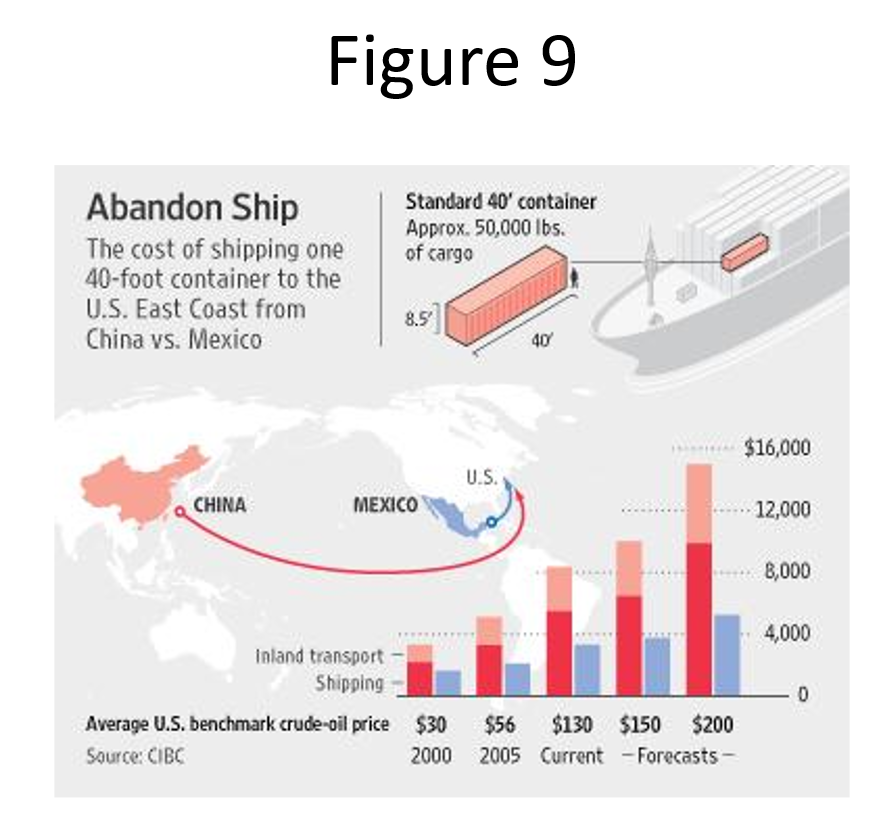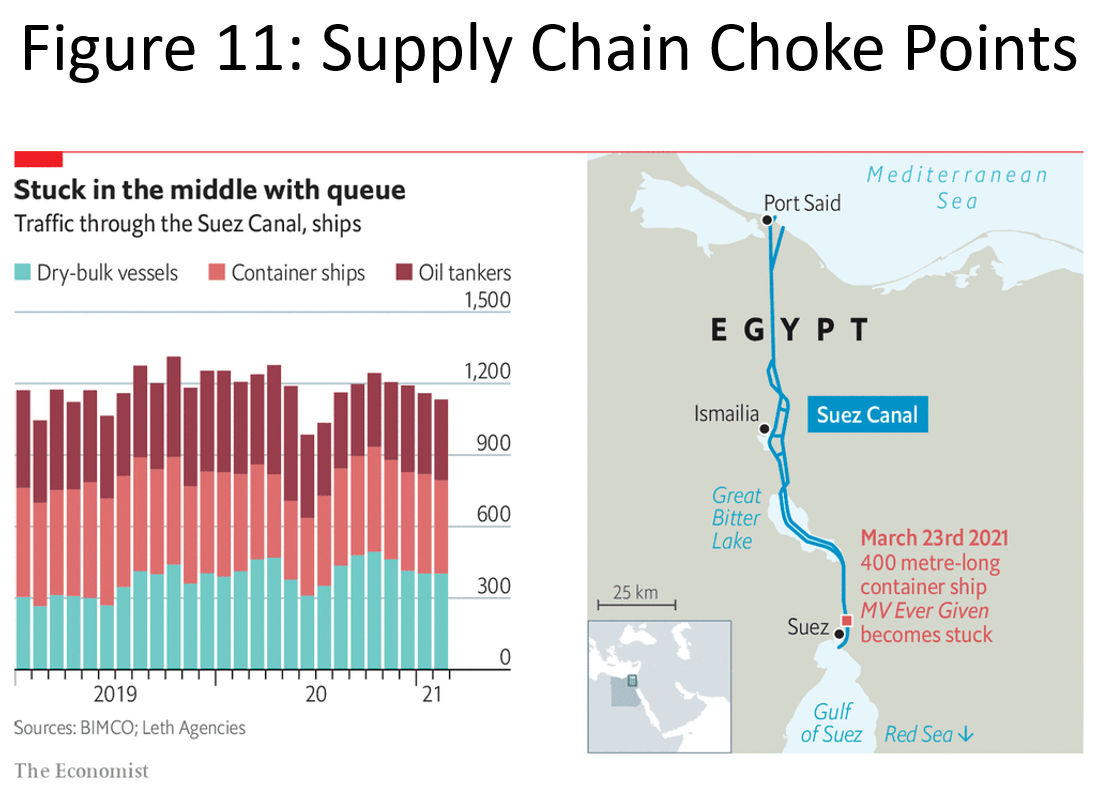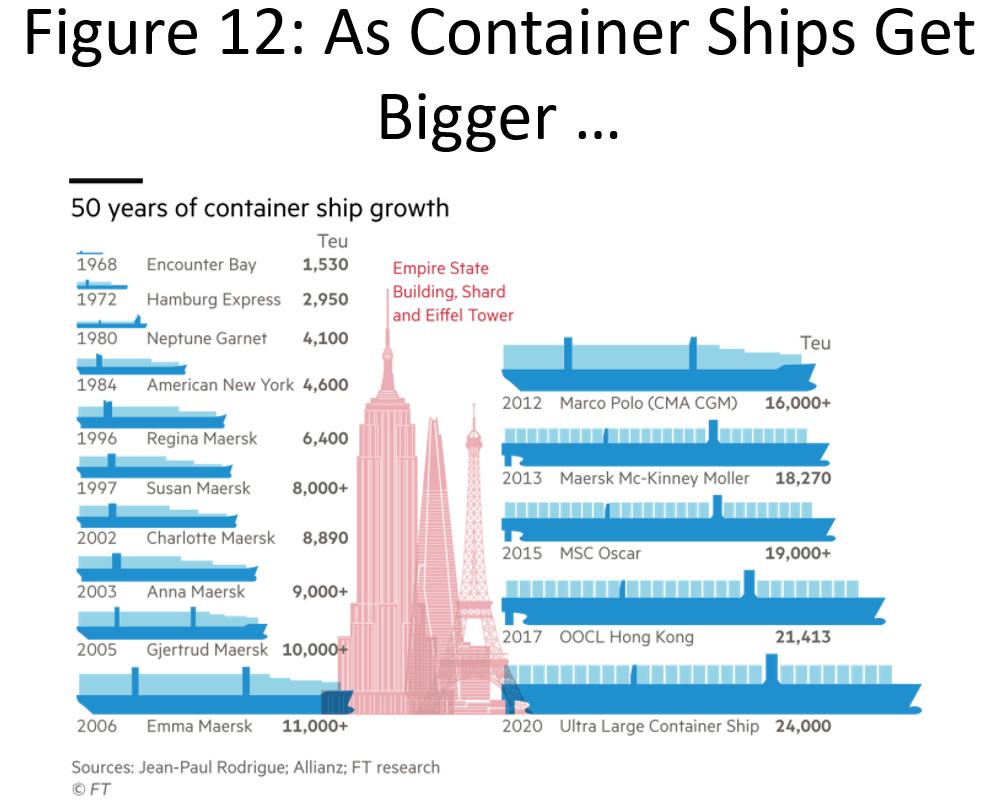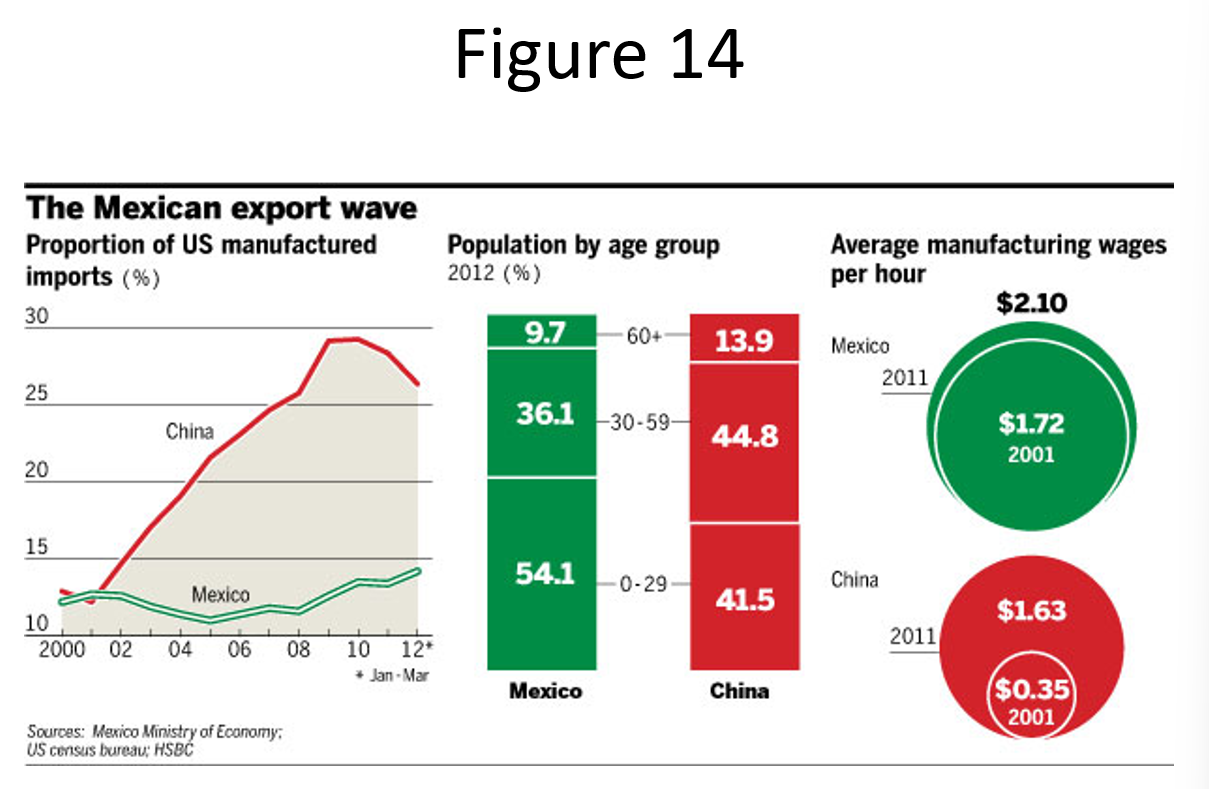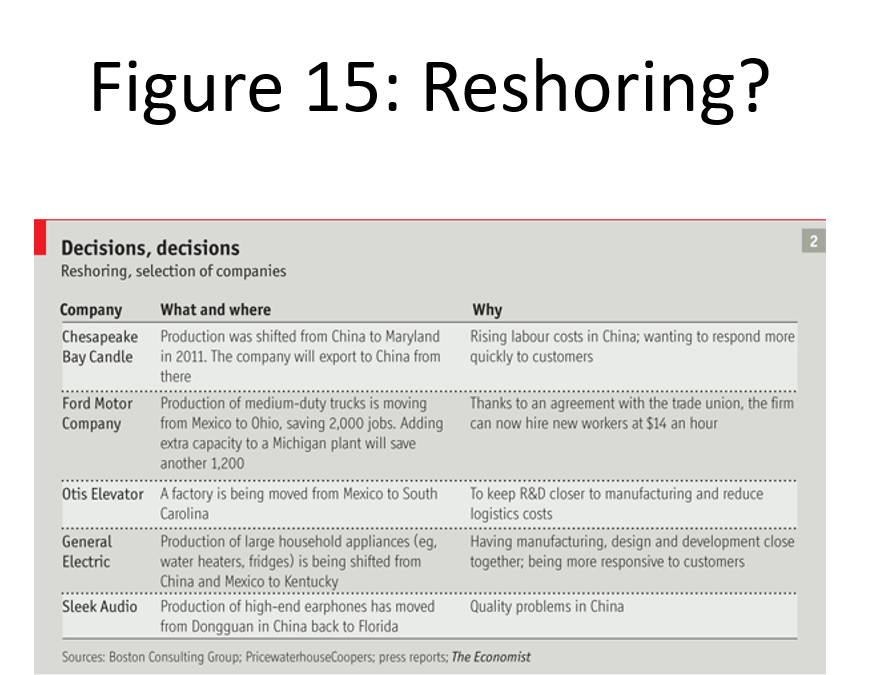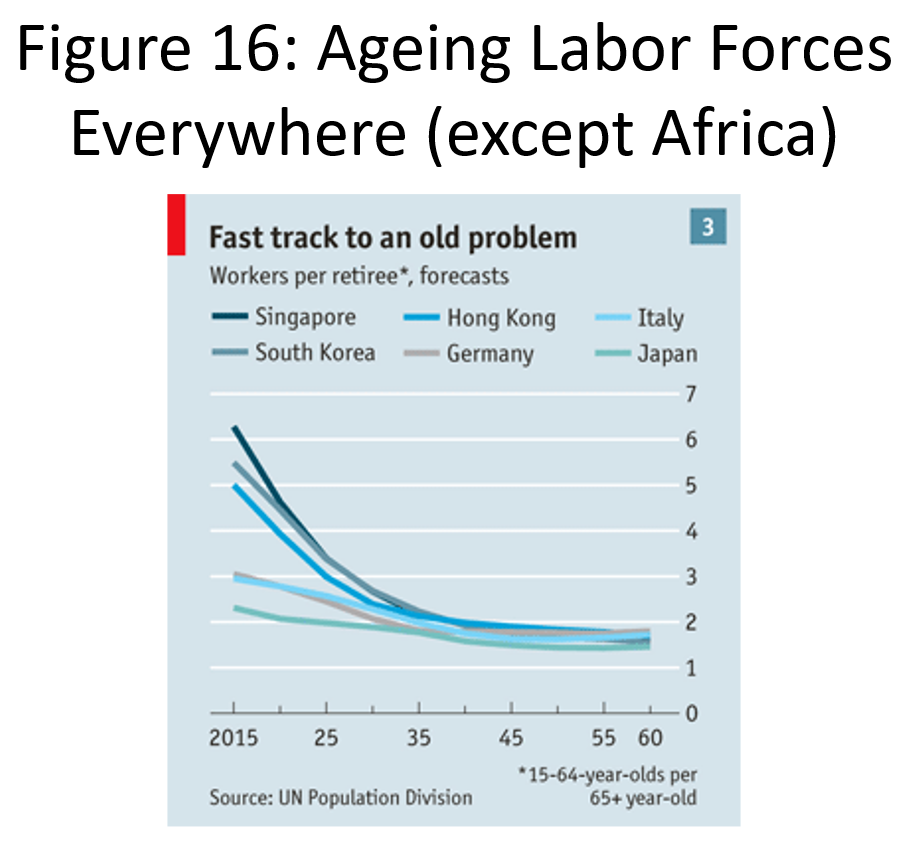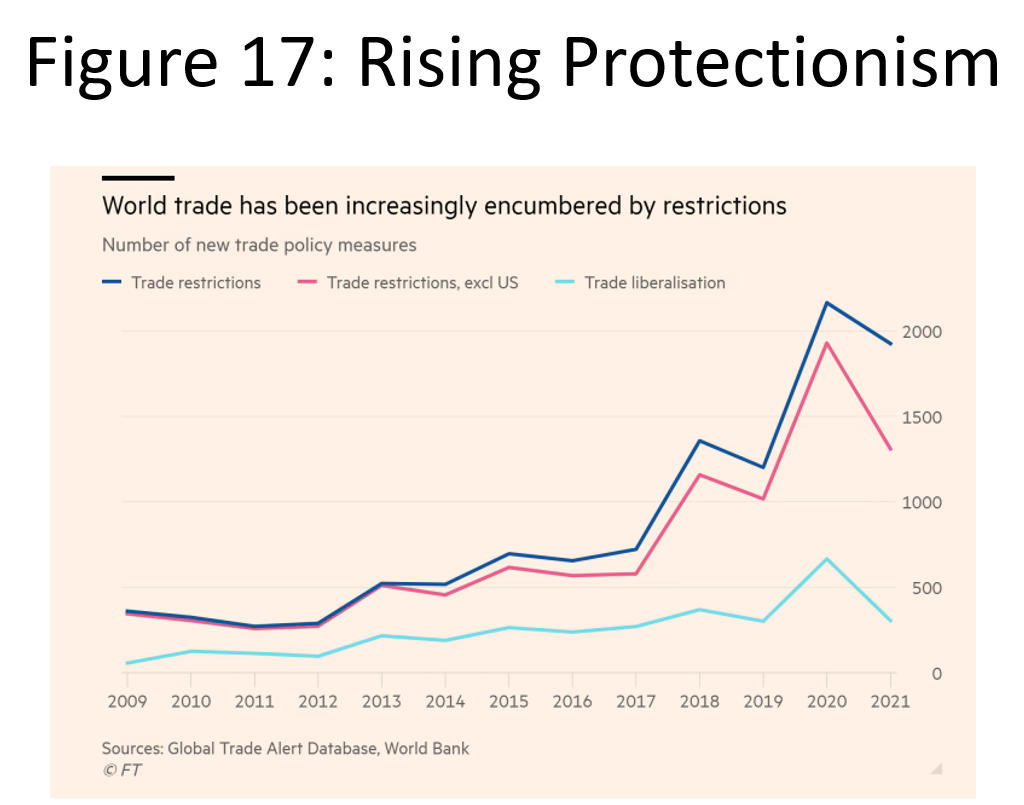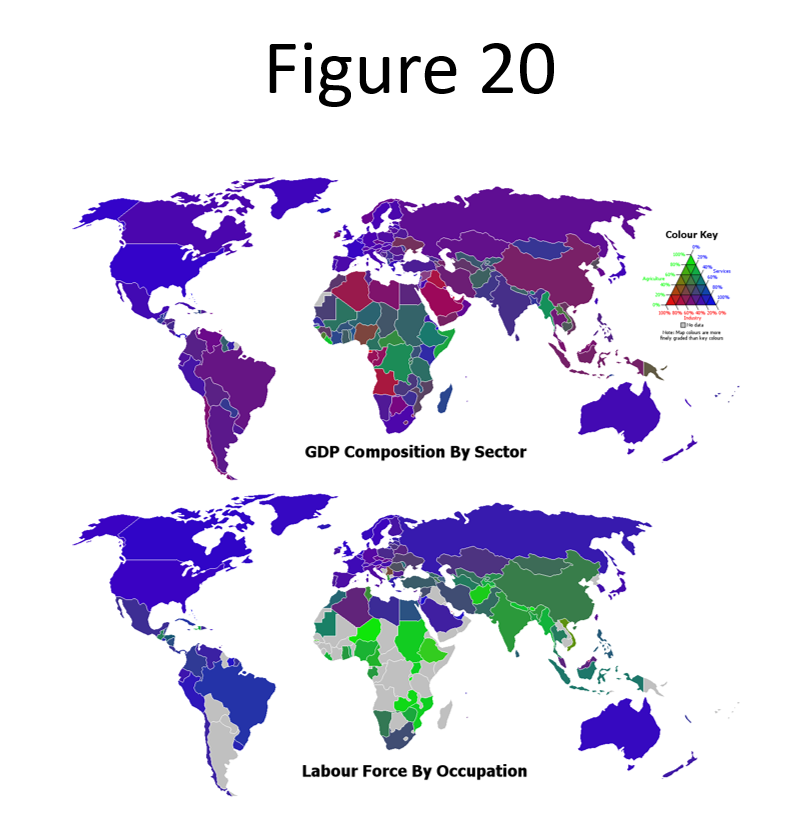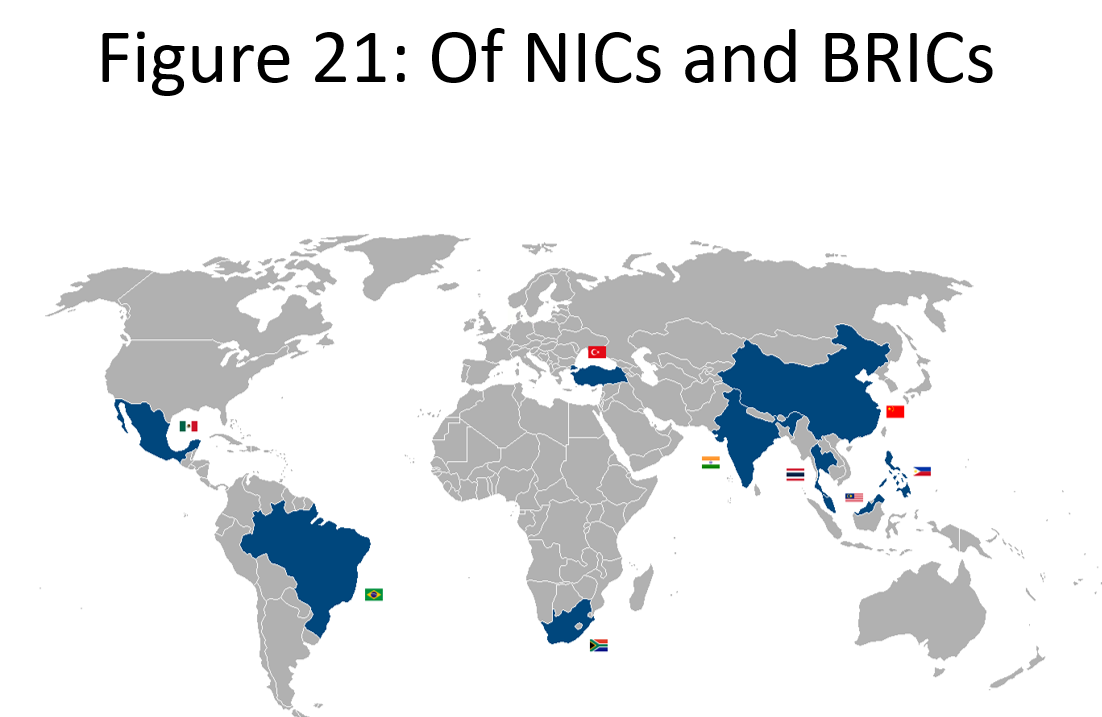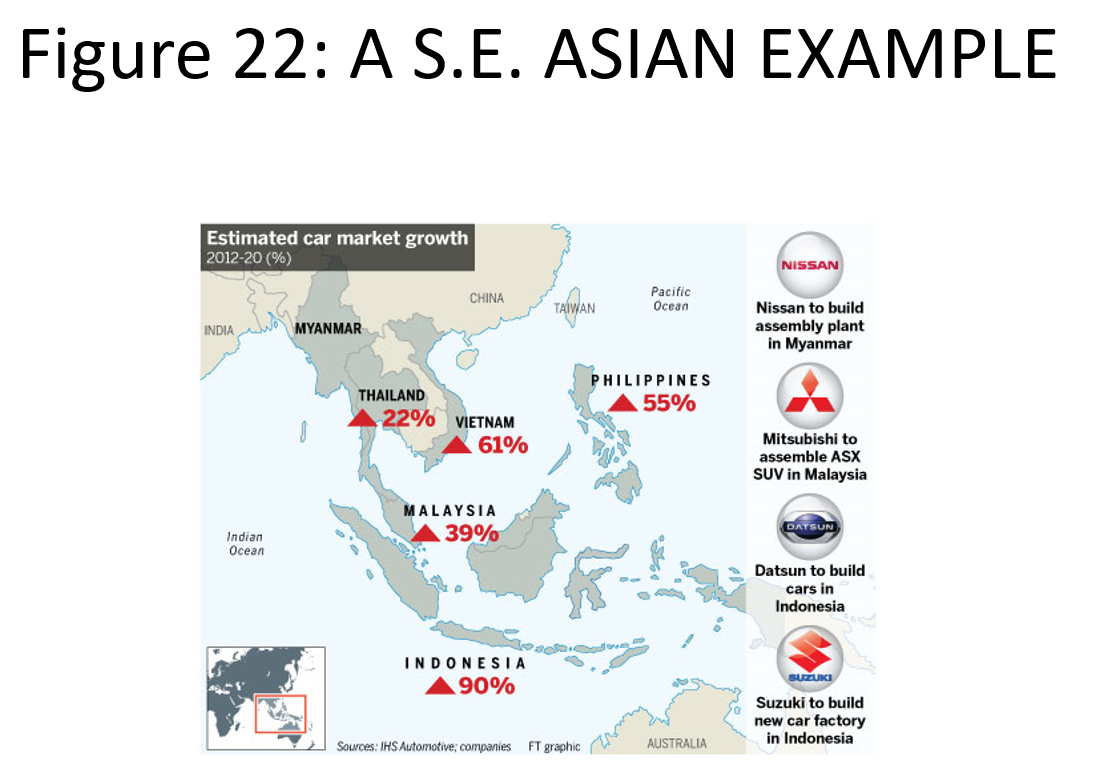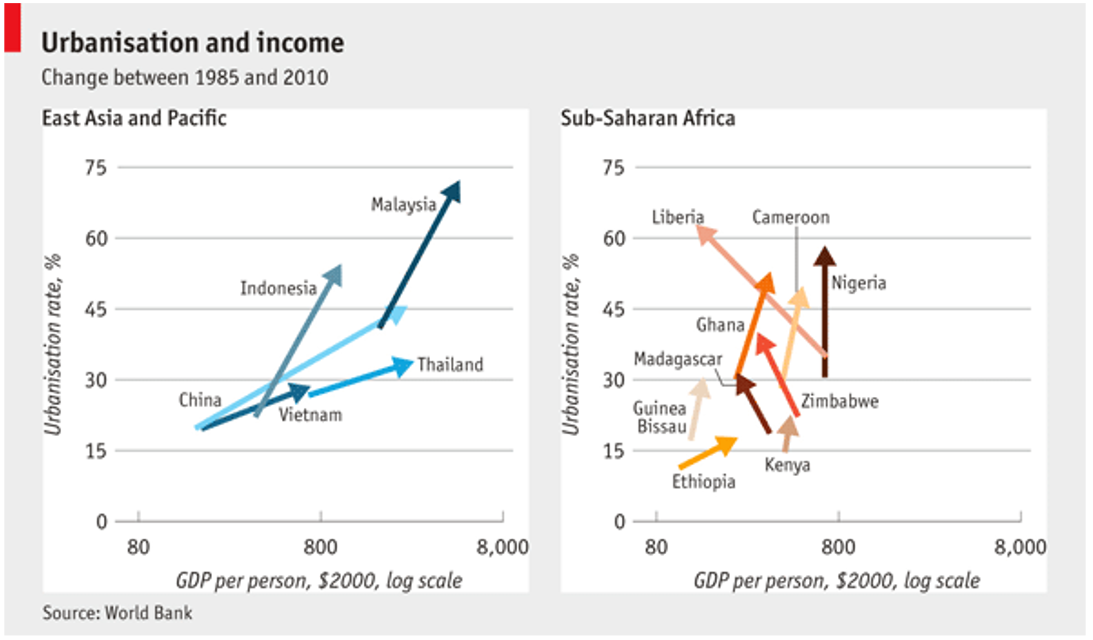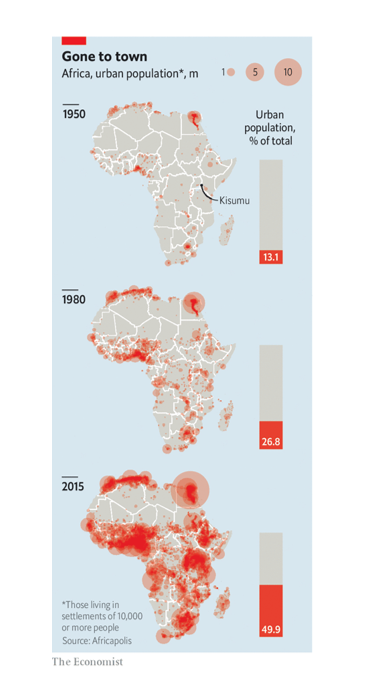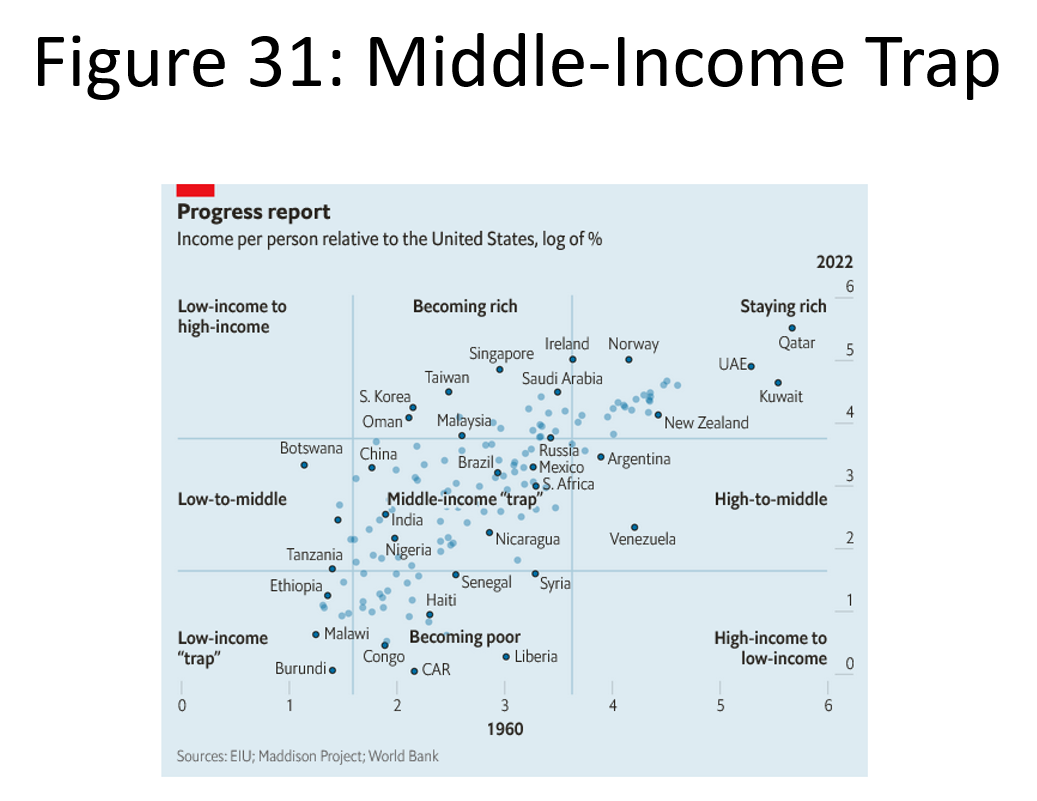17 - Export Orientation
ucla | GEOG 4 | 2023-12-03 22:02
Table of Contents
Why?
- import substitution vs export oreinted manufacturing
- historically import sub allowed for econ. domestic growth
- but only sustainable by export oriented production
- size of countries -> economies of scale
- 1920s start imitation of US and Japan during industrial rev
- after 1970s export oriented made more sense for small countries, epzs for strategic partynerships with multinational biz and FDI
Practical Logic of Export Orientation for Econ. Growth
- manufacture strage of econ growth 1.
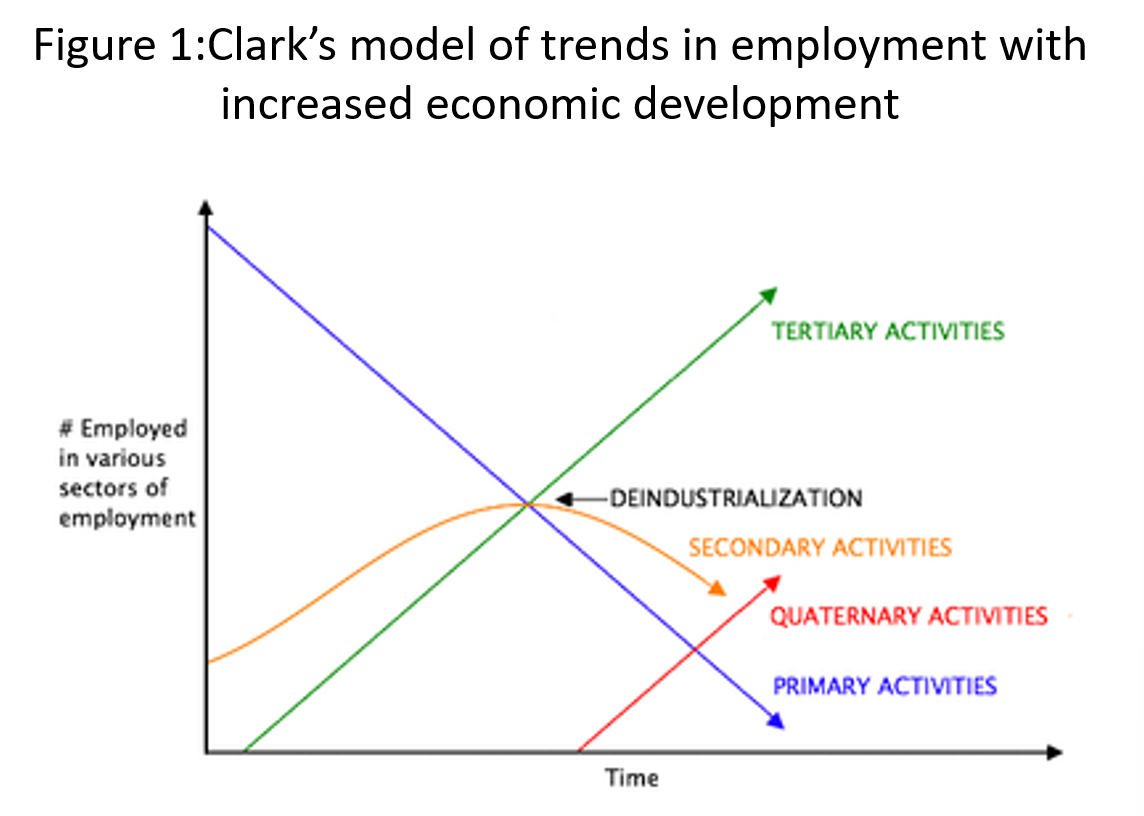
- phases of production and factors of production (product life cycle metaphor) 1.
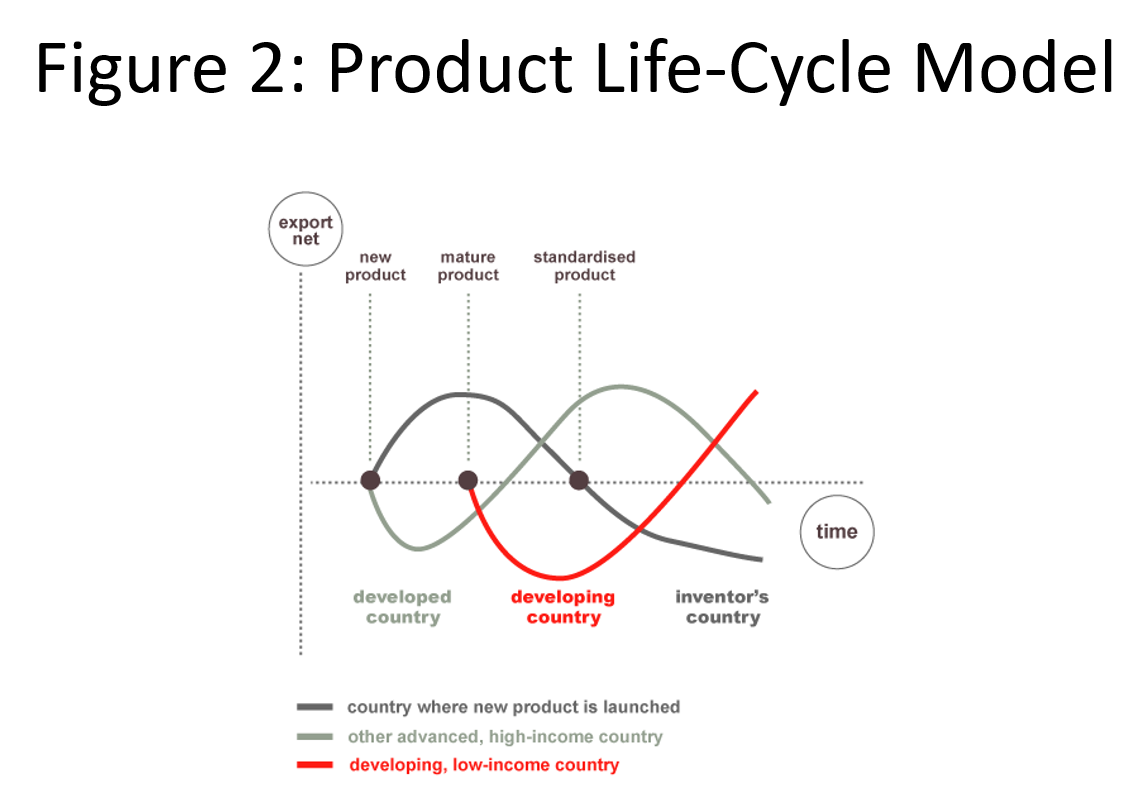 2.
2.  3.
3. 
- decline in transport costs and rise of global supply chain 1.
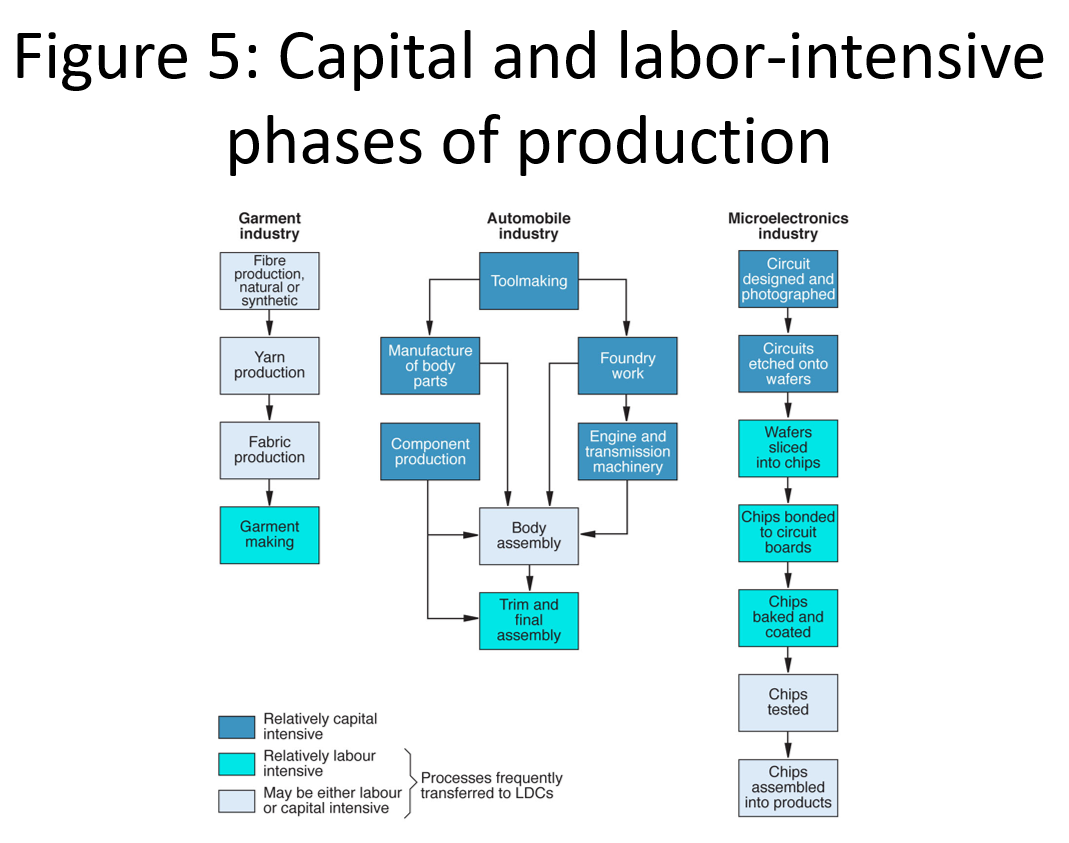 2.
2. 
- From EPZs to industrial districts 1.
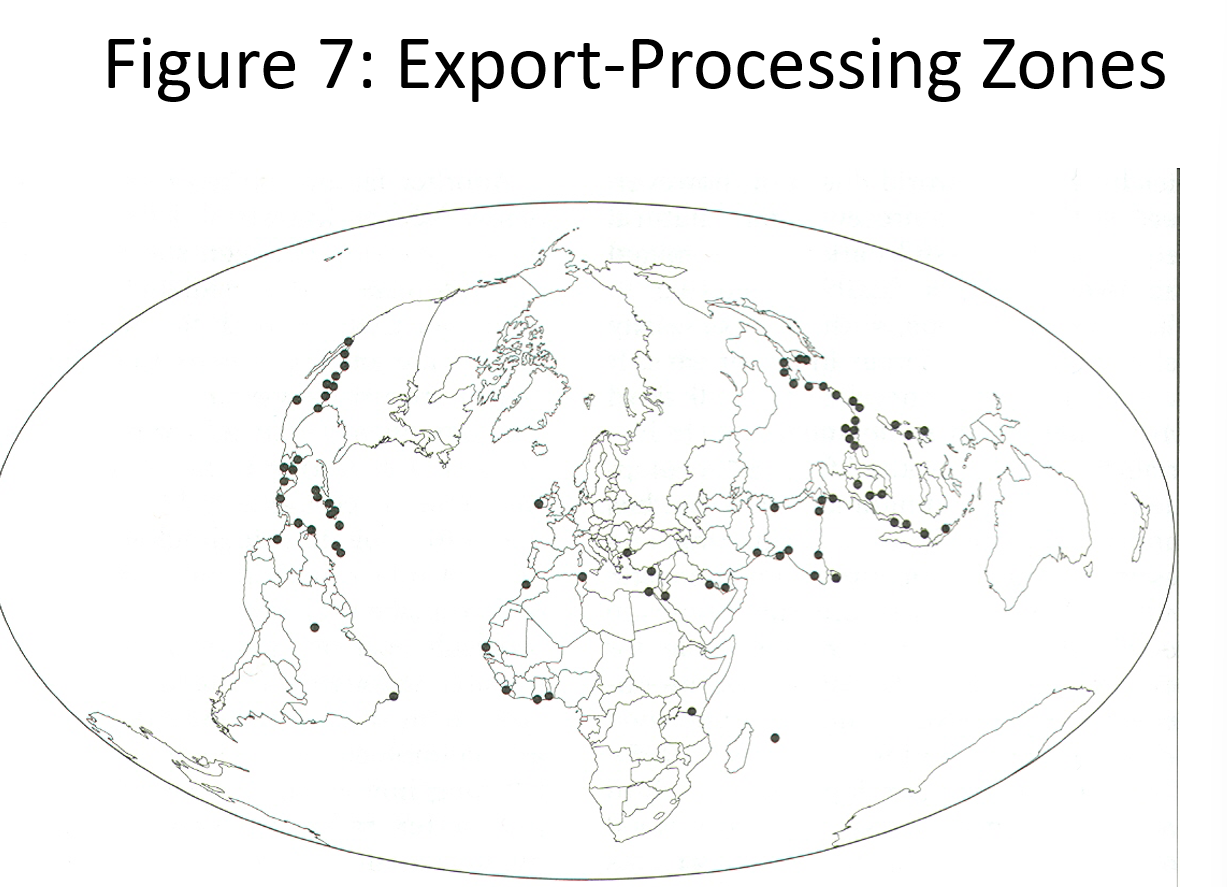 2.
2. 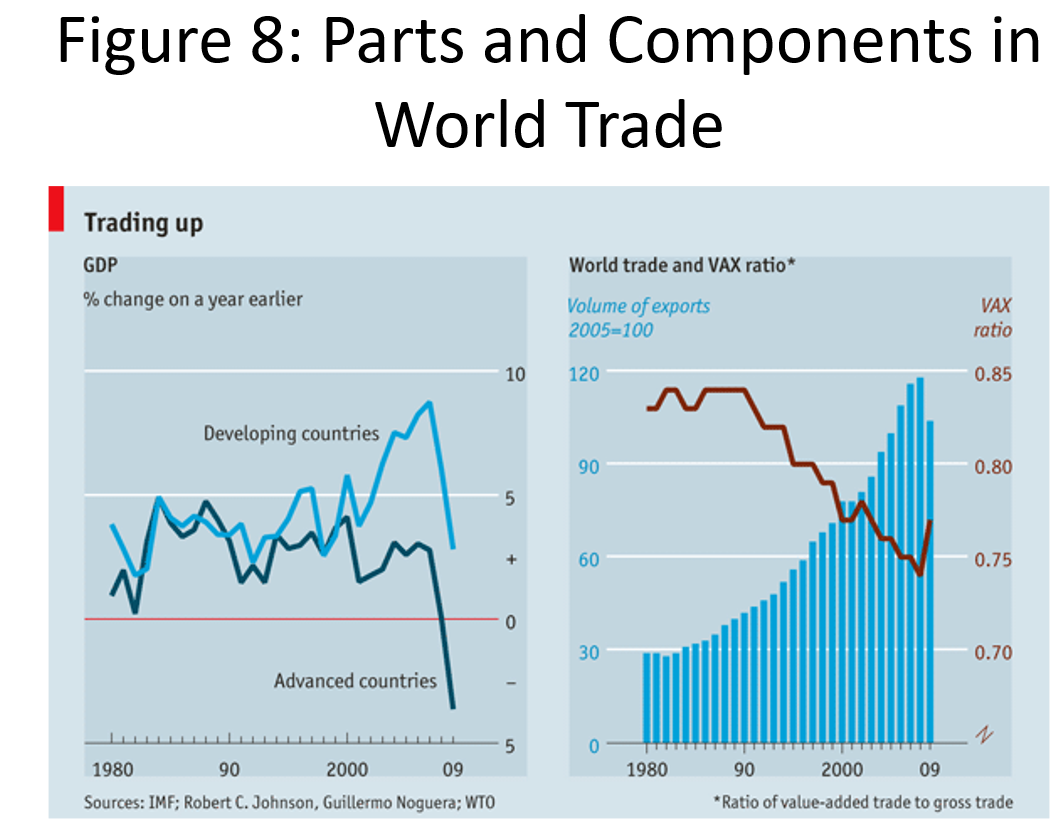
- manufacture strage of econ growth 1.
Vulnerabilities
- fuel costs and sustainability of long dist supply chains
- JIT manufacture and flexibility of components -> adjacency advantage e.g. mexico and US
- factor endowments not forever, e.g. low labor costs hindered by aging labor forces
- geopolitics of glob econ comp and rise of protectionism in historic core
Where?
- growth of globval manufacturing output in 1995-2005
- three tests of industrialization
- (1) >= 25% of GDP in industry
- (2) >= 60% of industrial output in manufacturing
- (3) >= 10% of total pop. in industry
- Pathways of success:
- E->C->A: mining -> resources -> manufacture
- rare, possibly african resource heavy countries
- Saudi arabia w oil
- D->B->A: manufacture -> expansion -> employment
- common in SE/East Asia and Mexico, Brazil
- E->C->A: mining -> resources -> manufacture
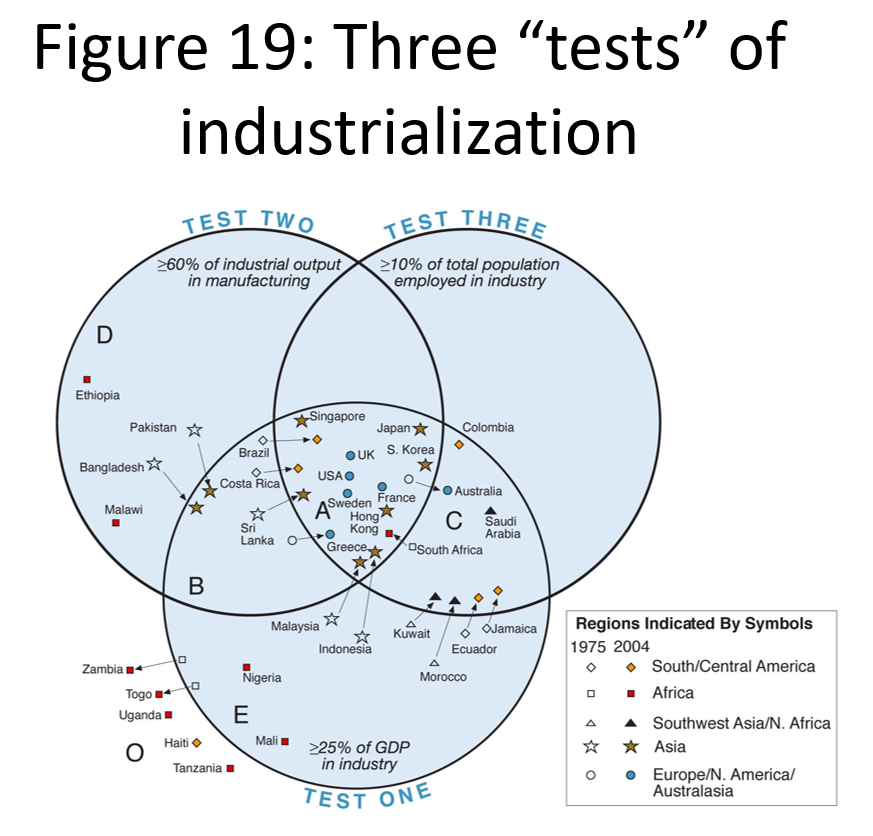
- Newly Industrializing Countries (NICs)
- NOT happening in Middle East and Africa except South Africa
- conflict, split up states, lack of solidarity, etc.
- BRICs - full on export-orientation
- China as most imp NIC in BRICs
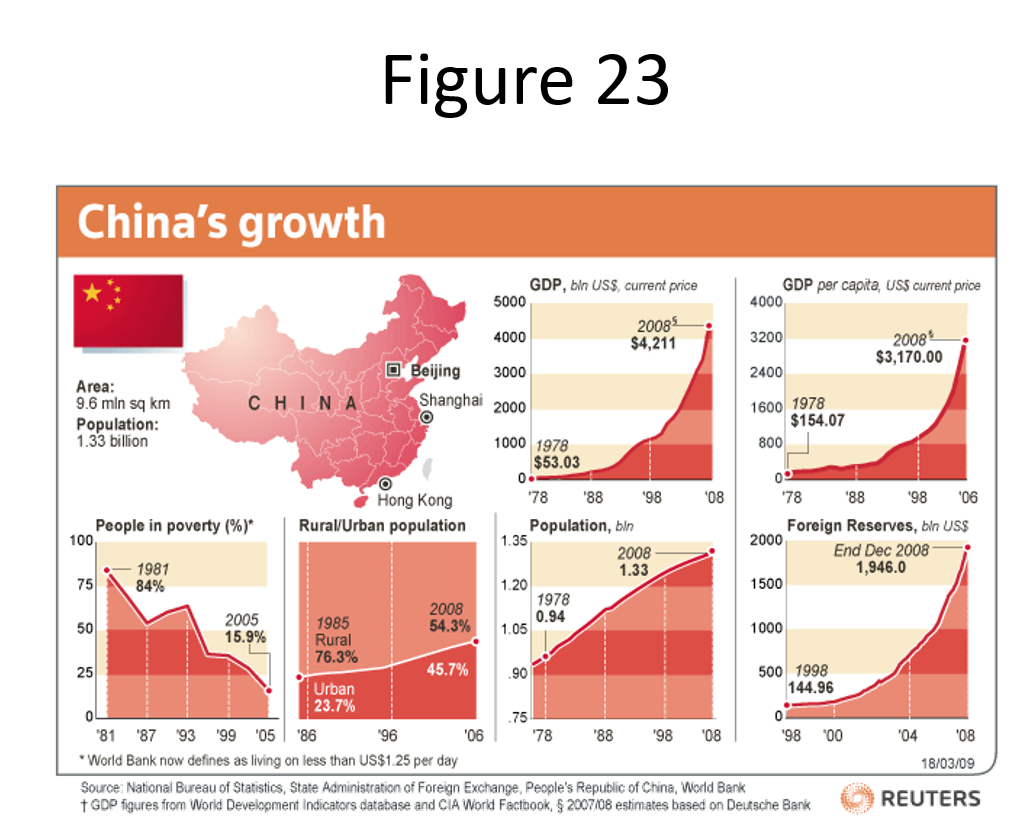
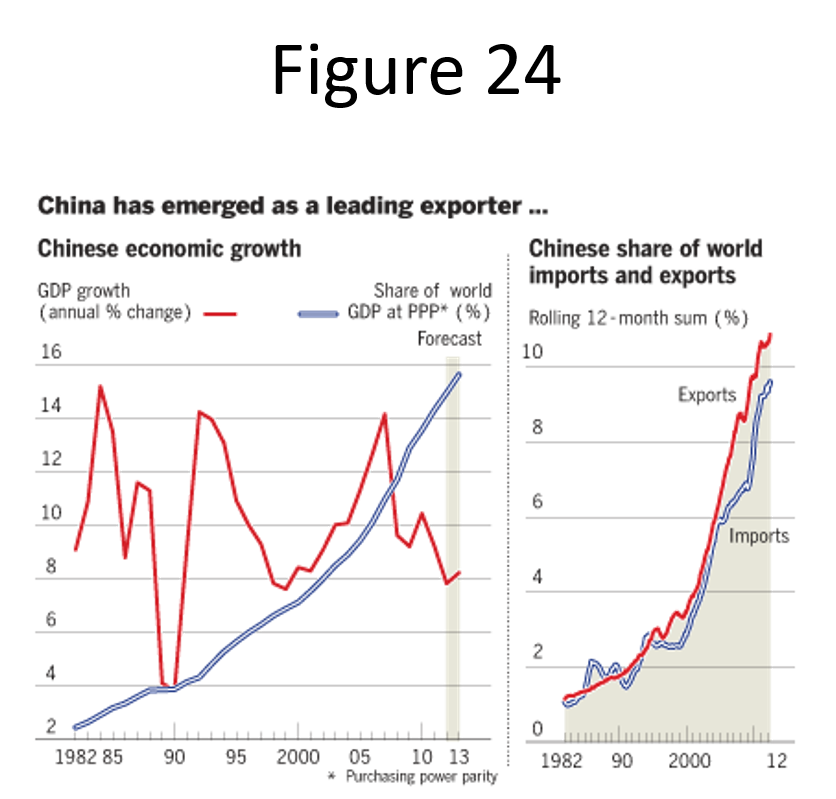
- period of growth passed
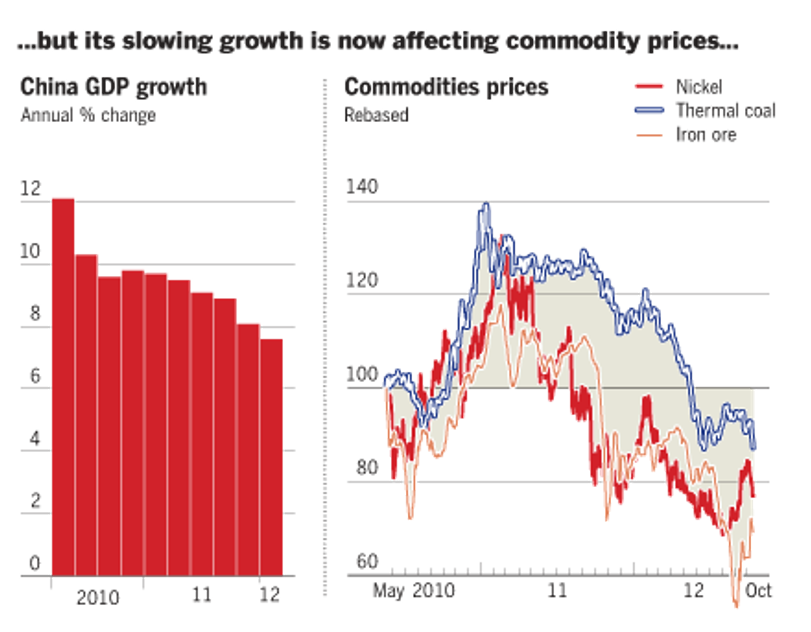
- Sino-dependency of neighbors and world economy since 2005 - major creditor to US, known as global growth engine
- Cities as major centers of new industrial growth w pop growth wo econ. growth (e.g. Asia, Africa) -> incomes stagnate
- Cities beyond core rising in global importance
- Semi-periphery increasingly responsible for worldwide econ growth
- manufacturing etc
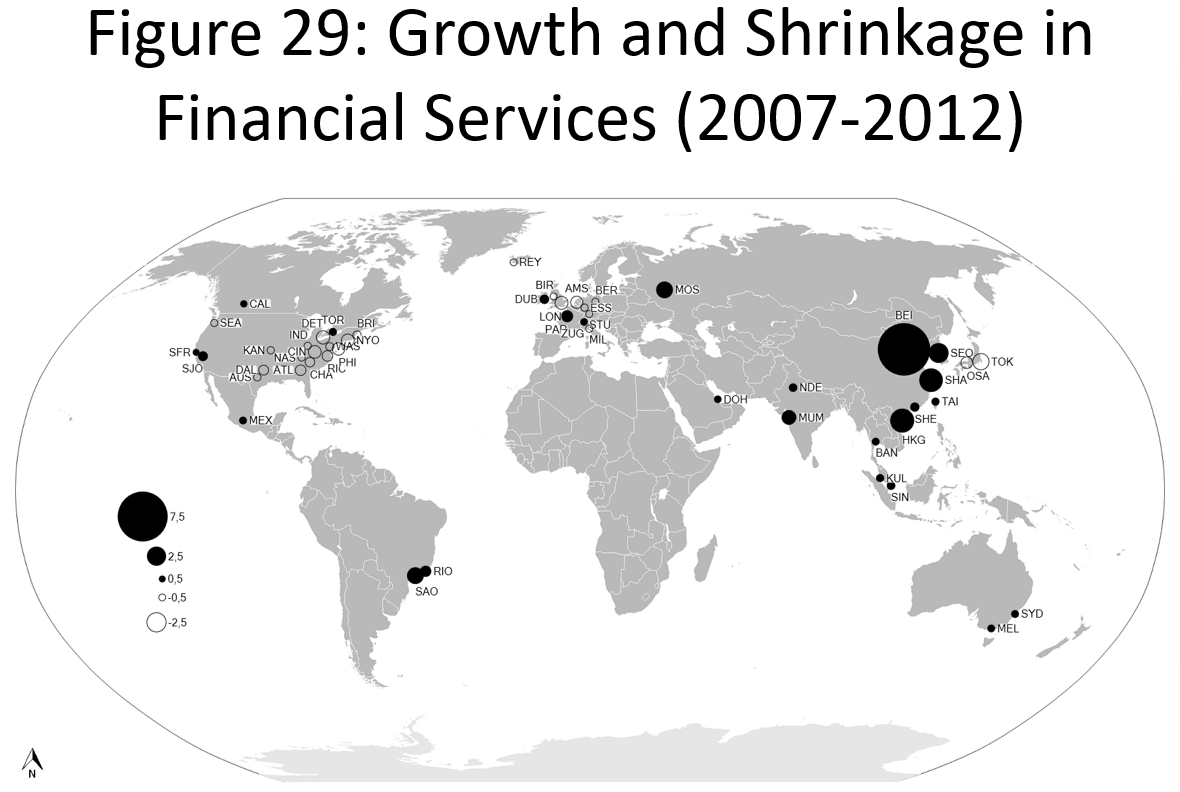
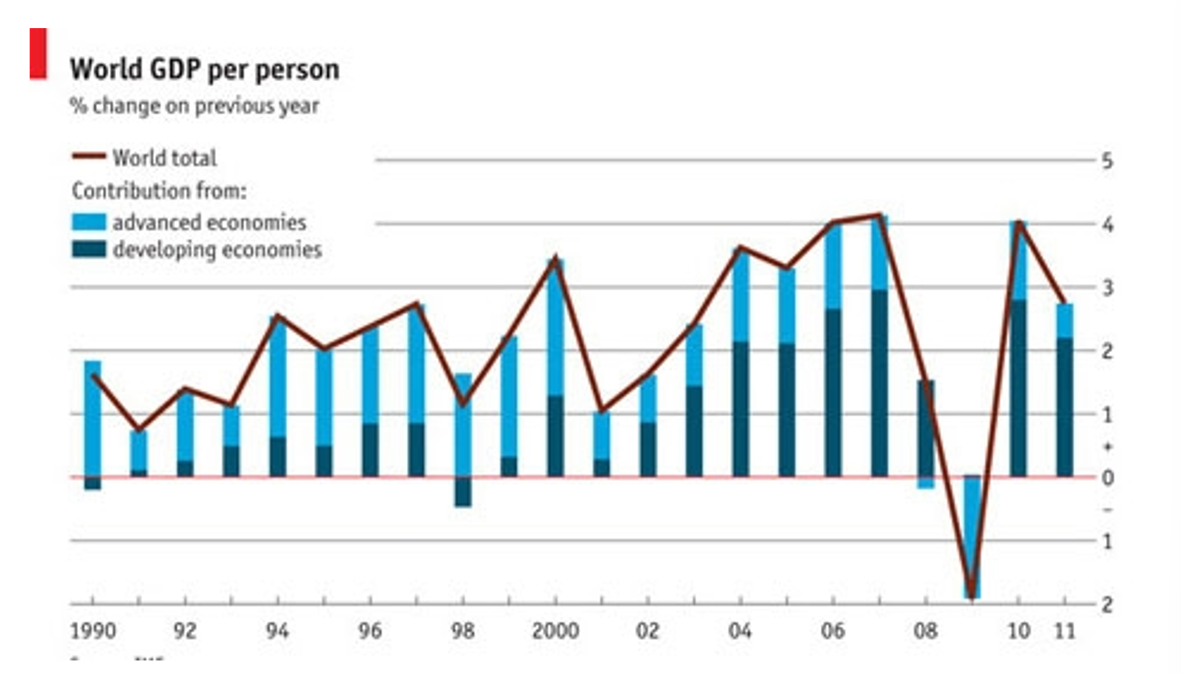
- Middle Income Trap
- countries match their factor endowments and multinationals global supply chains
- opening up of the world economy since 1970s w tariff reductions, end of bretton woods, etc.
- competitive advantage built by some countries on the base of import substitution and capital investment in infrastructure and human capital
- emerging frim-off-shoring economies of scale and agglomeration in some major cities outside of core: beijing, madras epz, etc
